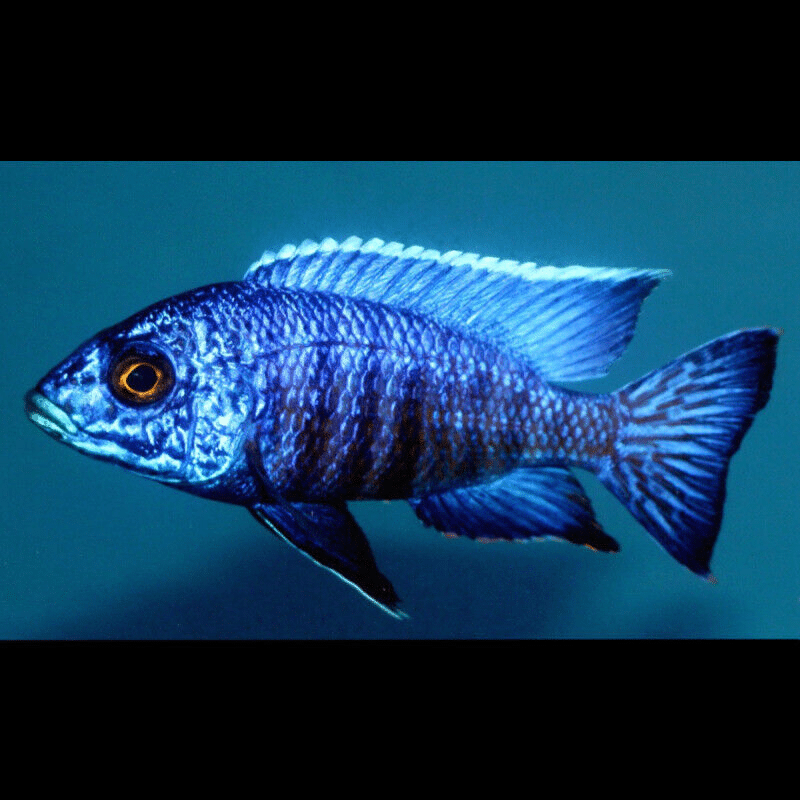To provide the best experiences, we use technologies like cookies to store and/or access device information. Consenting to these technologies will allow us to process data such as browsing behaviour or unique IDs on this site. Not consenting or withdrawing consent, may adversely affect certain features and functions.
The technical storage or access is strictly necessary for the legitimate purpose of enabling the use of a specific service explicitly requested by the subscriber or user, or for the sole purpose of carrying out the transmission of a communication over an electronic communications network.
The technical storage or access is necessary for the legitimate purpose of storing preferences that are not requested by the subscriber or user.
The technical storage or access that is used exclusively for statistical purposes.
The technical storage or access that is used exclusively for anonymous statistical purposes. Without a subpoena, voluntary compliance on the part of your Internet Service Provider, or additional records from a third party, information stored or retrieved for this purpose alone cannot usually be used to identify you.
The technical storage or access is required to create user profiles to send advertising, or to track the user on a website or across several websites for similar marketing purposes.

















Emily Carter (verified owner) –
I’ve been keeping African cichlids for over three years, and I can’t express how thrilled I am with the Chilumba Peacock Cichlid! The vibrant blues and yellows of this Malawi cichlid are absolutely breathtaking. I’ve had mine for about two months now, and it has really added a splash of color to my 75-gallon tank. I love how active and social it is; it’s a joy to watch it interact with the other fish.
In comparison to other Malawi cichlids I’ve owned, the Chilumba has one of the most peaceful temperaments, which is a great fit for my community tank. Initially, I was worried about compatibility, but it has been harmonious with my other species, like the Demasoni and Yellow Labs. Just a tip for anyone considering this fish: make sure to provide plenty of hiding spots to help reduce stress.
Overall, I wholeheartedly recommend the Chilumba Peacock to both experienced hobbyists and those new to keeping Malawi cichlids. It’s a beautiful fish that brings both beauty and a lively spirit to the aquarium. Shipping was quick, and it arrived healthy and vibrant. I will definitely buy again!